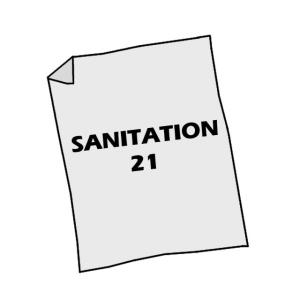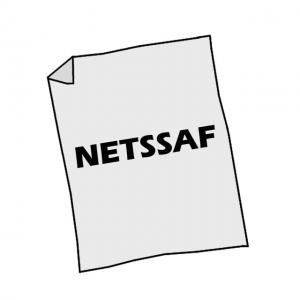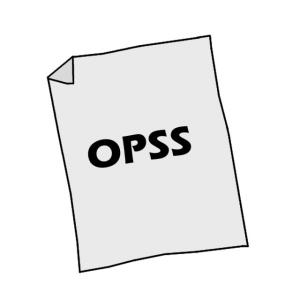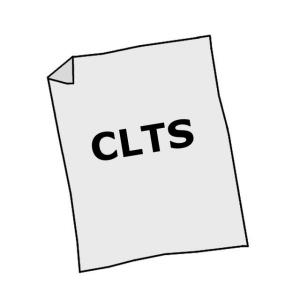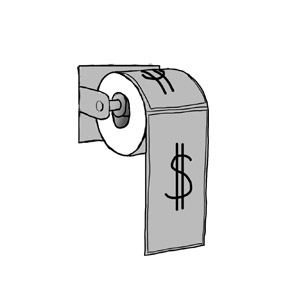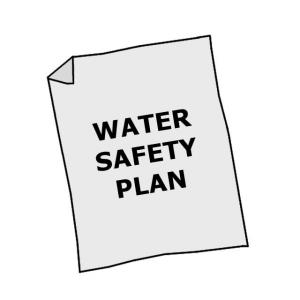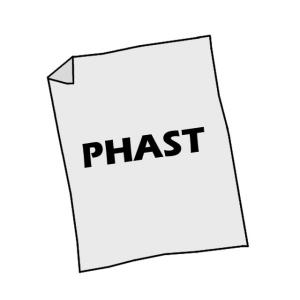Executive Summary
A soak pit, also known as a soakaway or leach pit, is a covered, porous-walled chamber that allows water to slowly soak into the ground. Pre-settled effluent from a collection and storage/treatment or (semi-) centralized treatment technology is discharged to the underground chamber from which it infiltrates into the surrounding soil.
| In | Out |
|---|---|
Precipitation, Greywater, Fertigation Water, Effluents from On-site Pre-settling Units |
- |
Introduction
As wastewater (greywater or blackwater after primary treatment) percolates through the soil from the soak pit, small particles are filtered out by the soil matrix and organics are digested by microorganisms. Thus, soak pits are best suited for soil with good absorptive properties; clay, hard packed or rocky soil is not appropriate.
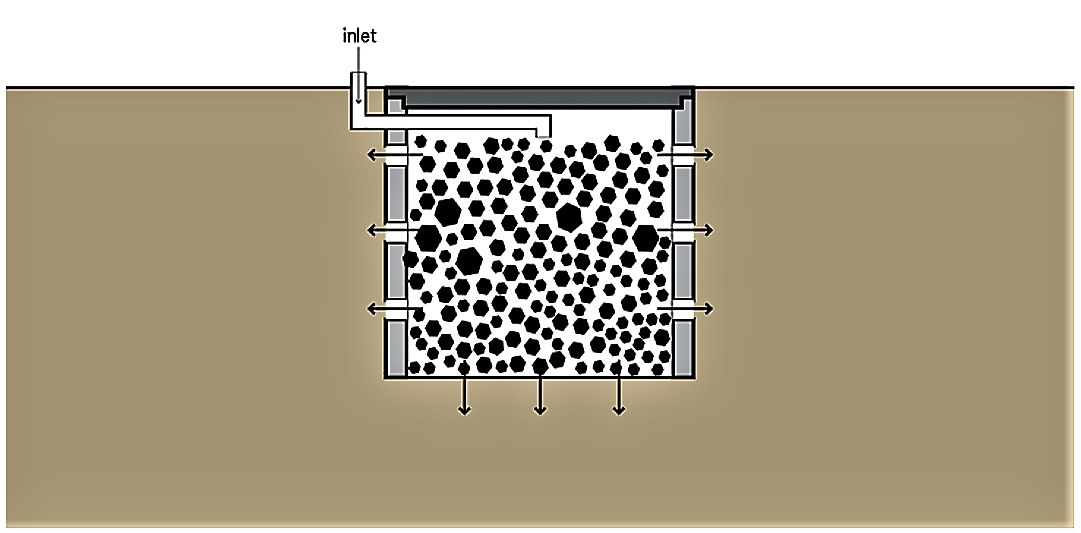
Design Considerations
The soak pit should be between 1.5 and 4 m deep, but as a rule of thumb, never less than 2 m above the groundwater table. It should be located at a safe distance from a drinking water source (ideally more than 30 m). The soak pit should be kept away from high-traffic areas so that the soil above and around it is not compacted. It can be left empty and lined with a porous material to provide support and prevent collapse, or left unlined and filled with coarse rocks and gravel. The rocks and gravel will prevent the walls from collapsing, but will still provide adequate space for the wastewater. In both cases, a layer of sand and fine gravel should be spread across the bottom to help disperse the flow. To allow for future access, a removable (preferably concrete) lid should be used to seal the pit until it needs to be maintained.
Health Aspects/Acceptance
As long as the soak pit is not used for raw sewage, and as long as the previous collection and storage/treatment technology is functioning well, health concerns are minimal. The technology is located underground and, thus, humans and animals should have no contact with the effluent.
Since the soak pit is odourless and not visible, it should be accepted by even the most sensitive communities.
Operation & Maintenance
A well-sized soak pit should last between 3 and 5 years without maintenance. To extend the life of a soak pit, care should be taken to ensure that the effluent has been clarified and/or filtered to prevent the excessive build-up of solids.
Particles and biomass will eventually clog the pit and it will need to be cleaned or moved. When the performance of the soak pit deteriorates, the material inside the soak pit can be excavated and refilled.
A soak pit does not provide adequate treatment for raw wastewater and the pit will quickly clog. It should be used for discharging pre-settled blackwater or greywater.
Soak pits are appropriate for rural and peri-urban settlements. They depend on soil with a sufficient absorptive capacity. They are not appropriate for areas prone to flooding or that have high groundwater tables.
A Comparison of Wash Area and Soak Pit Construction
This Master Thesis describes the implementation of a soak pit and a wash area in a rural area next to the city Sikasso in West Africa. This detailed report describes how to built and how to dimension a soak pit and covers also social, technical and economic aspects.
AHRENS, B. (2005): A Comparison of Wash Area and Soak Pit Construction. The Changing Nature of Urban, Rural, and Peri-Urban Linkages in Sikasso, Mali (Master Thesis). Michigan Technological University URL [Accessed: 23.02.2010]Low-cost Urban Sanitation
This book covers the public health, technical, socioeconomic, sociocultural and institutional aspects of sanitation in towns and cities of developing countries. The text features excreta-related diseases and the use of sanitation to reduce their transmission. The sanitation technologies covered in detail are VIP latrines, pour-flush toilets, septic tanks, settled sewerage and simplified sewerage, with additional chapters on sullage disposal, pit emptying, and sewage treatment and reuse. Sociocultural constraints on sanitation systems and their socioeconomic costing are described, together with hygiene education, which is essential in order to achieve maximum benefits to health. The text also explains how to choose the most appropriate sanitation option for a given low-income community. Finally, institutional aspects are reviewed, including effective sanitation programme planning, monitoring and evaluation.
MARA, D. (1996): Low-cost Urban Sanitation. United Kingdom: WileySeptic Tank Guidelines
This document on septic tanks gives guidelines on how to design and make a system.
OXFAM (2008): Septic Tank Guidelines. (= Technical Brief ). Oxford: OXFAM URL [Accessed: 08.04.2014]
